Micro- and Mesozooplankton – One Ten East Log
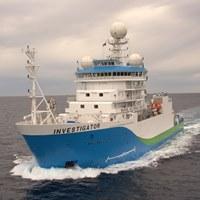
One Ten East Logs from the IIOE-2 voyage aboard RV Investigator will be posted on the WAMSI website during the month long voyage.
We had a couple of fronts blow through today, but the 27-30 knots of wind and blustery rain did not hinder the wonderful work of the deck crew. All the nets were deployed and retrieved carefully and efficiently.
There is blue sky ahead but even in the slightly blustery conditions, the company of Wandering and Black-browed Albatross at Station 3 was appreciated.
Log from One Ten East
The RV Investigator is currently undertaking oceanographic research along the 110°E meridian off Western Australia as part of the second International Indian Ocean Expedition. The voyage is led by Professor Lynnath Beckley of Murdoch University and the research is supported by a grant of sea time on RV Investigator from the CSIRO Marine National Facility.
|
Date: May 20, 2019 |
Time: 1200 AWST |
|
Latitude: 35°S |
Longitude: 110°E |
|
Wind direction: WSW |
Wind speed: 23 knots |
|
Swell direction: W |
Depth: 4911 m |
|
Air temperature: 14.8°C |
Sea temperature: 18.3°C |
|
Notes: The rain has cleared and there are patches of blue sky all around! Rock lobster larvae (phyllosoma) were caught in the surface nets last night and pygmy blue whales were heard calling in the east. |
|
Micro- and Mesozooplankton
By Michael Landry
Planktonic consumers can be divided into two major size classes, the micro- and mesozooplankton, depending on whether they pass through or are retained on 200-µm mesh sieve. The mesozooplankton consists mainly of true multicellular animals, like copepods, euphausiids (krill) and chaetognaths (arrow worms), that are concentrated and collected by towing a plankton net with 200-µm mesh through the water. In contrast, the microzooplankton (<200 µm) category contains mainly protozoans (single-cell flagellates and ciliates) with some very small animals and is best collected by preserving water samples without prior net concentration.
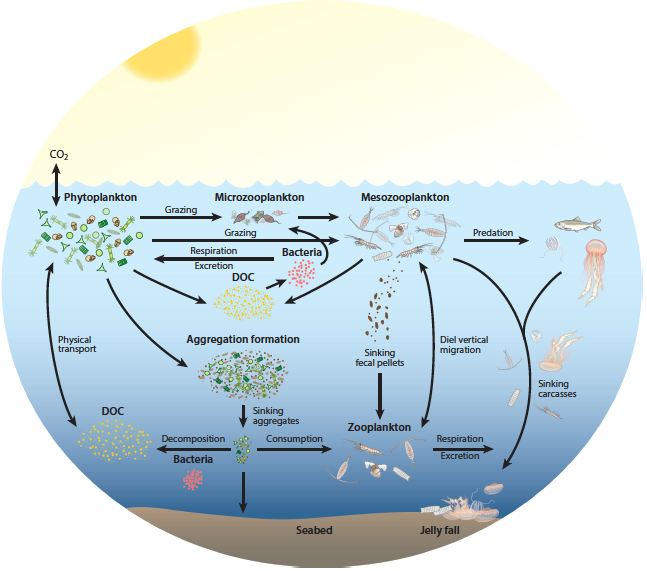 |
|
Schematic of an oceanic food web. Credit: Steinberg & Landry (2017) |
Both micro- and mesozooplankton are diverse assemblages of organisms with varying life strategies and feeding preferences, but they are associated with different functions in ocean food webs. Microzooplankton are typically the main consumers of phytoplankton and bacteria, especially in regions where the dominant phytoplankton Mesozooplankton, on the other hand, are the main food web link to higher level animals (fishes), and they are associated with mechanisms (daily migrations, rapidly sinking fecal pellets) that move organically fixed carbon and nutrients out of the euphotic zone and into deeper layers of the ocean. Studying how ocean systems differ in terms of how productivity moves through micro- versus mesozooplankton is therefore a basic approach to characterizing their different relative functions in nutrient recycling, trophic transfers and carbon export.
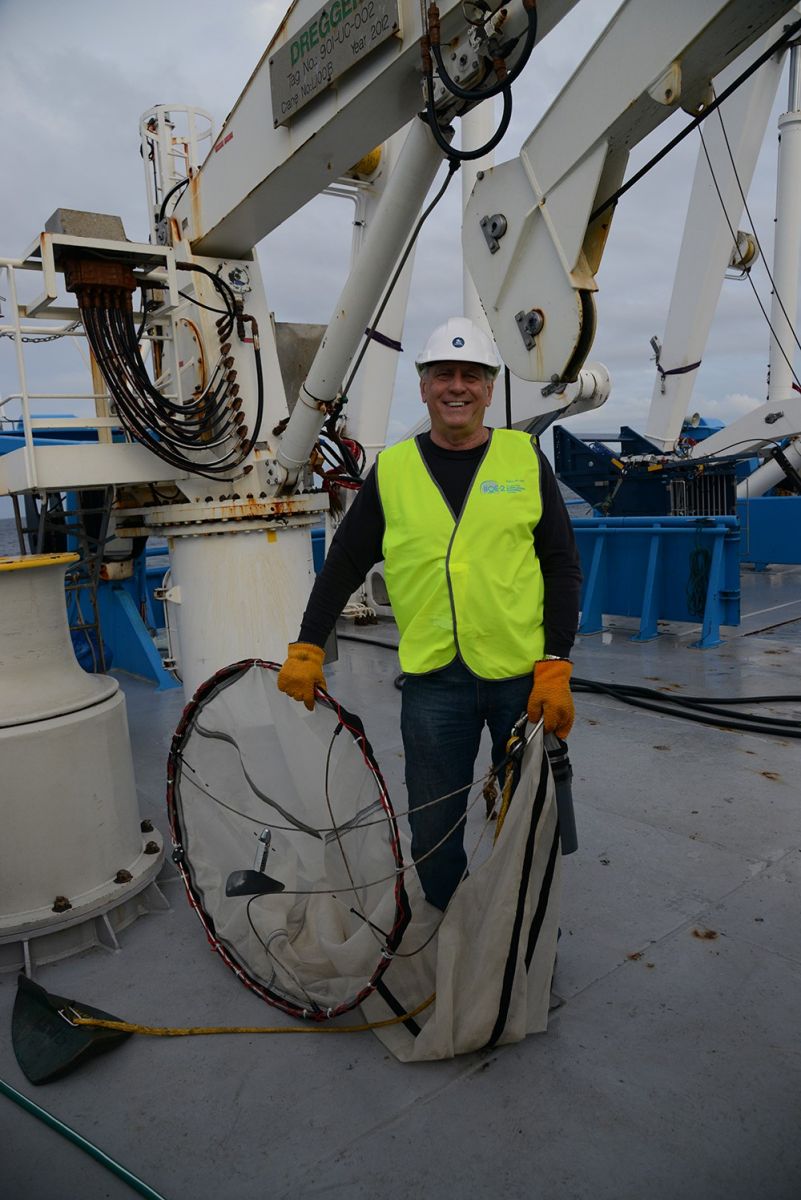 |
|
Prof Michael Landry (Scripps Institution of Oceanography and Sir Walter Murdoch Distinguished Collaborator), with his mesozooplankton net on the aft deck of RV Investigator. Note, the flowmeter which allows quantification of abundance of plankton per cubic metre of seawater. Photo: Micheline Jenner. |
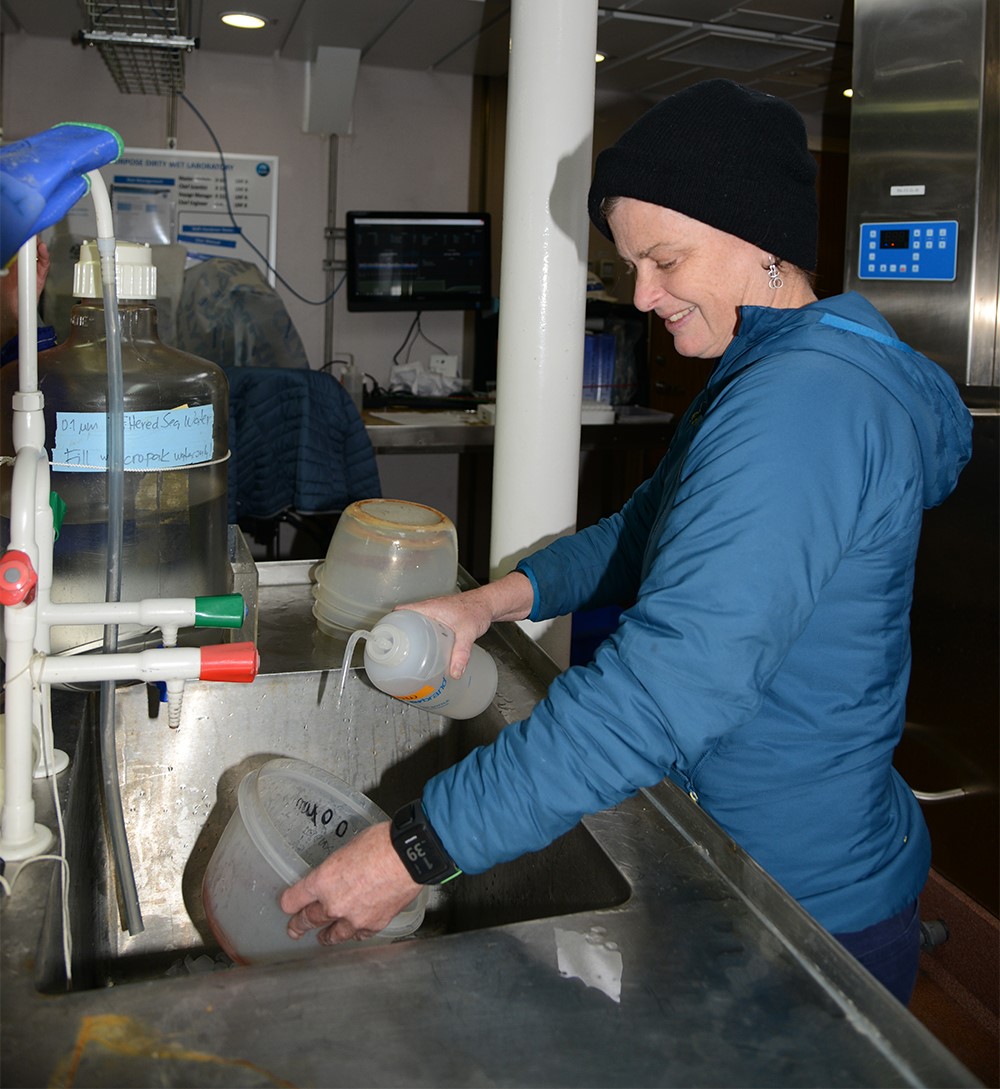 |
|
Claire Davies (IMOS/CSIRO) fractionates the plankton sample from the 200-µm net through a range of sieves to determine the abundance of different-sized organisms in the zooplankton. Photo: Micheline Jenner. |
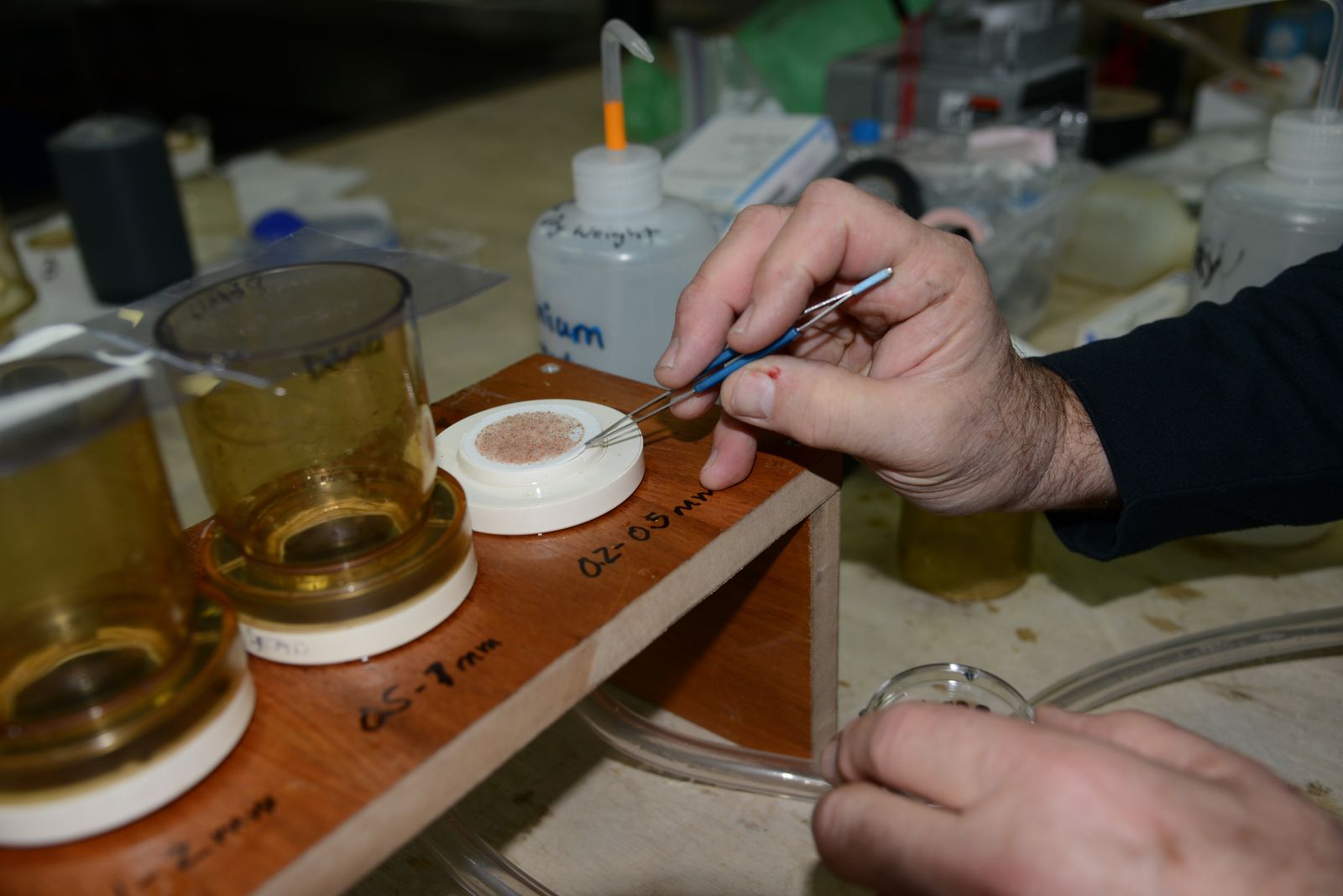 |
|
Prof Michael Landry (Scripps Institution of Oceanography) gently lifts a filter paper containing small mesozooplankton. Photo: Micheline Jenner. |
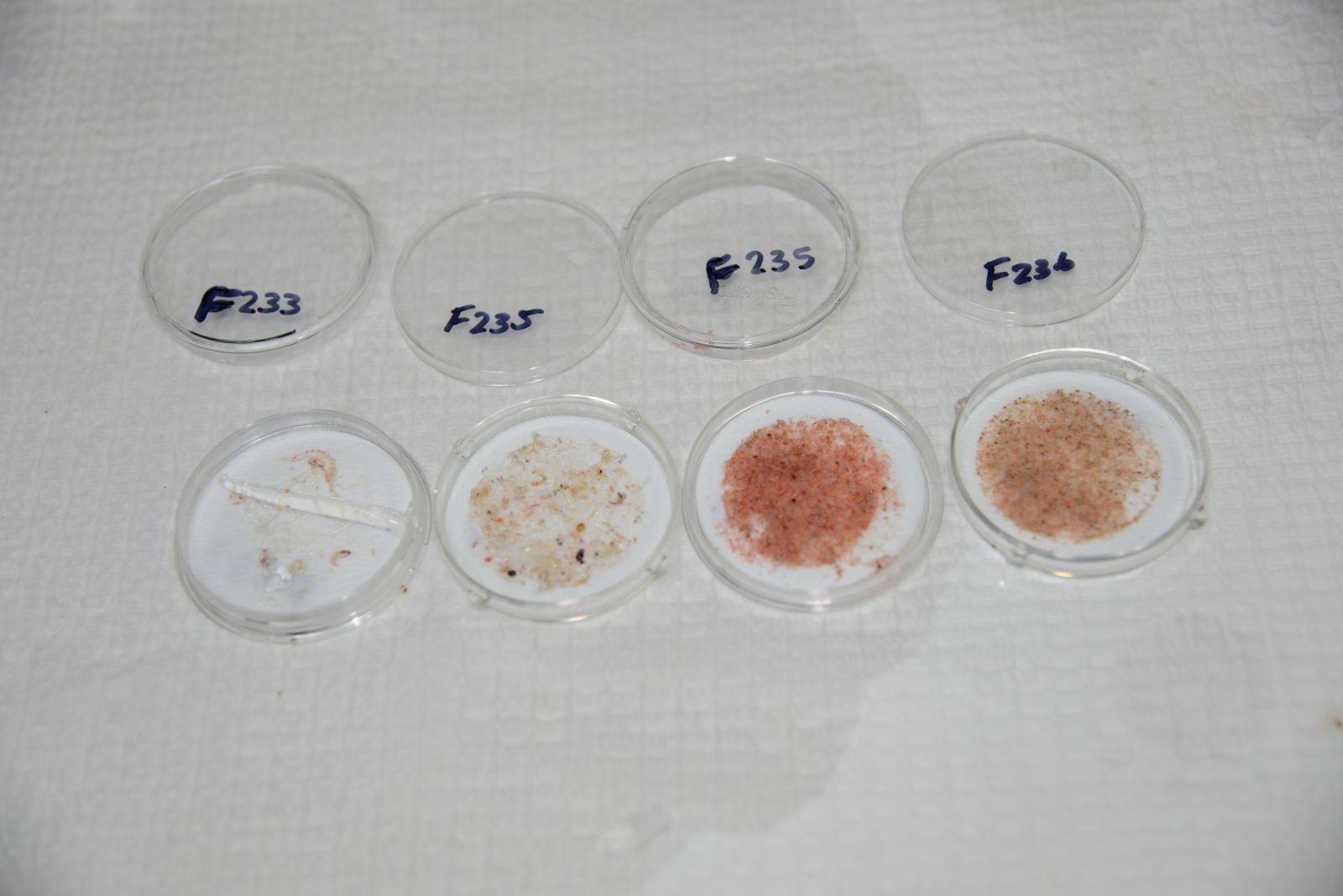 |
|
After fractionation, the different-sized organisms in the plankton are revealed. From left to right, large zooplankton (e.g. chaetognath here) retained on a coarse mesh, through to copepods retained on the fine 200-µm mesh. Photo: Micheline Jenner. |
Be sure to follow our daily Log from One Ten East at https://iioe-2.incois.gov.in or www.wamsi.org.au

